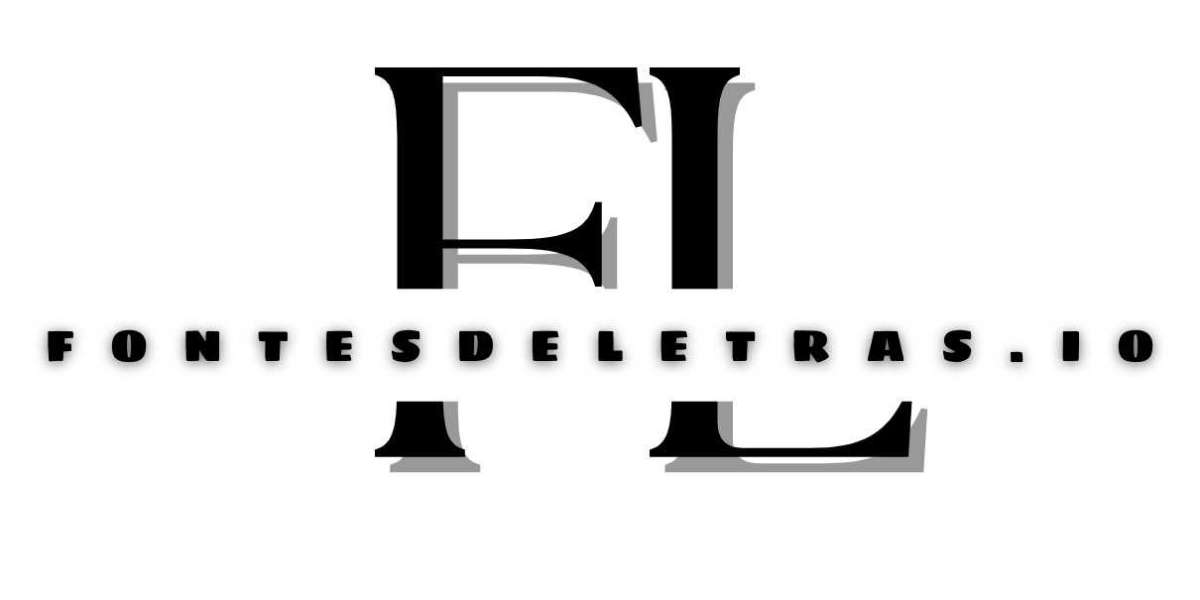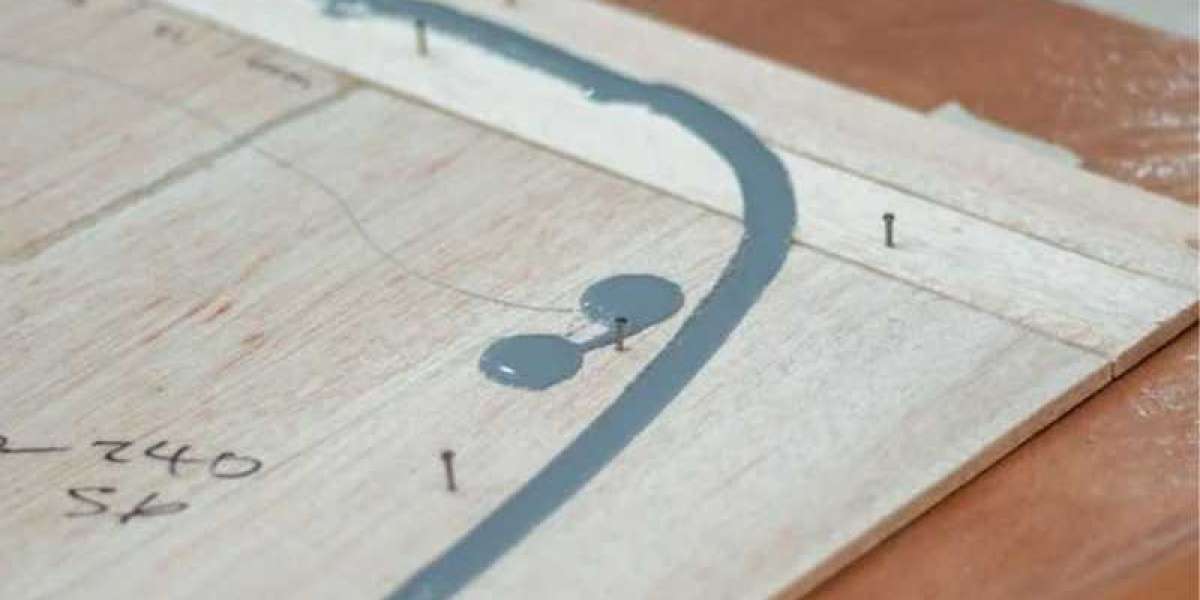As a designer, choosing the right font is essential for any project. A good font can make or break a design, as it communicates the tone, mood, and style of the content. There are countless fonts to choose from, so it can be overwhelming to decide which one is the best fit. In this guide, we’ll discuss the factors you should consider when selecting a font, and take a deep dive into some commonly used font categories.
Consider the purpose of the design:
Before you choose a font, think about the purpose of the design. Is it for a wedding invitation, a brand logo, or an article? Different fonts have different personalities and tones, so you need to select a font that accurately reflects the message. For example, a cursive font may be appropriate for a wedding invitation, while a sans-serif font is better suited for a modern tech company.
Serif vs. Sans-serif:
Serif and sans-serif are two of the most commonly used font categories. Serif fonts have small lines or flourishes at the ends of the letter strokes, while sans-serif fonts are clean and without any additional lines. Serif fonts are known for their classic and traditional feel, while sans-serif fonts are more modern and minimalistic. You can play around with these two font categories to find the perfect balance between traditional and modern to suit your project.
Script fonts:
Script fonts are known for their hand-lettered look and can add a touch of elegance to any design. These fonts can be tricky to read in large blocks of text, so they are usually reserved for headings or logos. They are perfect for invitations, cards, and any project that requires a touch of sophistication and class.
Display fonts:
Display fonts are bold, eye-catching, and perfect for headlines or titles. They come in a wide variety of styles, such as blocky, sharp, or handwritten. Be careful when choosing a display font- you don’t want it to overpower the content of your design. They are perfect for creating an impact in designs that demand attention.
Legibility and readability:
No matter what font you choose, it needs to be legible and readable. It might be tempting to choose a fancier font, but if it’s hard to read, it might distract from the message you want to convey. Always make sure you test your choice of font on different devices and in different sizes. This will ensure that your message will be effectively transmitted, regardless of the viewer's screen settings. You can use the typefaces and fonts for free at https://fontesdeletras.io/en/
Choosing the right font for your project requires a lot of thought and consideration. It’s essential to think about the purpose of the design and the message you want to portray. Remember, you’re not just choosing a font, but a personality, a tone, and style. By following the factors we discussed, you can better understand the different font categories and their strengths. By testing out new fonts and playing with different styles, you’ll be able to create a beautiful and effective design that stands out from the rest.



